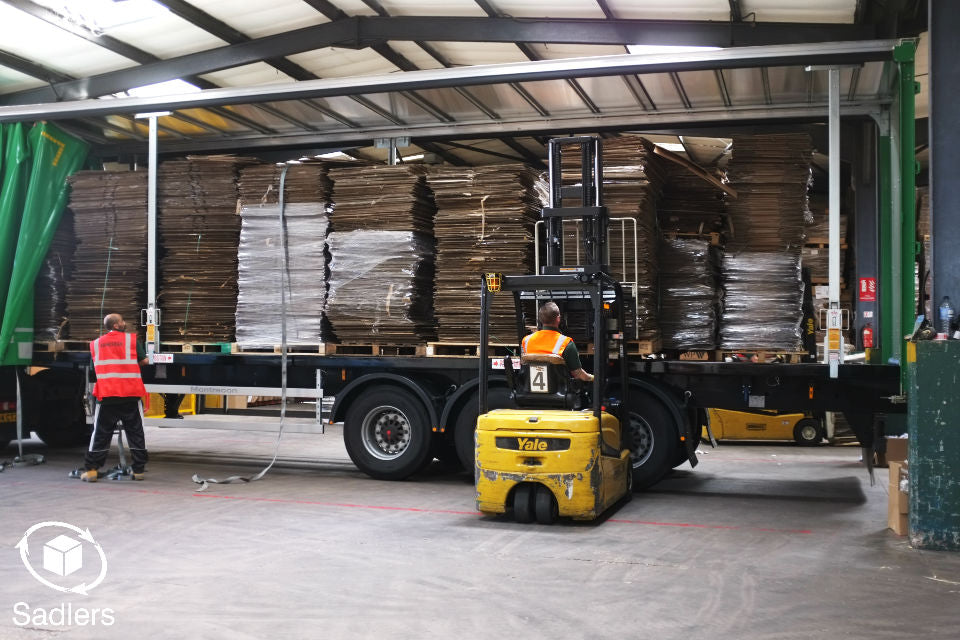The message of reuse is spreading like wildfire

Reuse is a hot topic at the moment. Companies have a social and environmental responsibility to reduce their impact on natural resources and significantly reduce waste; none more so than in manufacturing.
Efforts to reduce environmental impacts often look at areas such as energy and water usage, renewable or alternative materials and waste management. In order to ensure that nothing goes to landfill, used materials are usually sorted, taken away and melted, pulped or re-purposed. This is fairly standard practice, and ticks the boxes when it comes to a company’s responsibilities to reduce their environmental impacts.
However, there are some instances where reuse stands out as a much more obviously beneficial route for certain types of waste, and luckily this message is spreading fast. The most easy-to-implement reuse option is in managing used cardboard boxes. A box doesn’t need to be pulped and remade back into a box when a reuse market already exists, they can be transferred off-site and diverted to a market hungry for once used boxes. This could be anything from a home-based business shipping goods to individual customers, up to removal companies and larger goods businesses. So long as a product doesn’t require food grade packaging, a second hand box is often the better choice for packing, storing and shipping products.
We have been leading the way for decades with our cardboard box reuse scheme in the UK and we talk about reuse a lot, because it really is the most environmentally sustainable option for managing our waste. Thankfully, more and more people are coming round to the idea that reuse can work better than recycling, both economically and environmentally.
If you generate a steady stream of used boxes, we’d be interested in talking to you. Call Sadlers on 0121 772 5200.
Featured Articles

December 08, 2025
Important dates for Christmas 2025
Here are some important dates to take note of so that you receive your boxes and packaging materials...

December 03, 2025
Options for Recycling Cardboard Boxes
How to recycle cardboard waste: a guide for business and the home The principles of recycling have b...

November 27, 2025
We are WINNERS of a National Recycling Award!
We're thrilled to announce a big win at the MRW National Recycling Awards 2025! Our pioneering cardb...

July 17, 2025
Sadlers becomes Sustainability West Midlands Member
Back in February this year we made the decision to join the Sustainability West Midlands network whi...